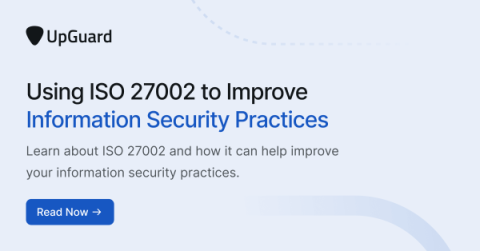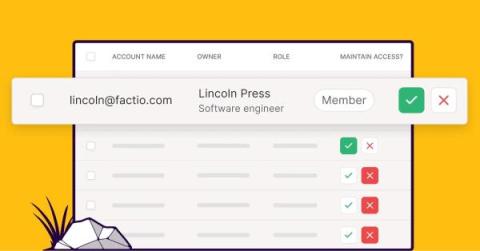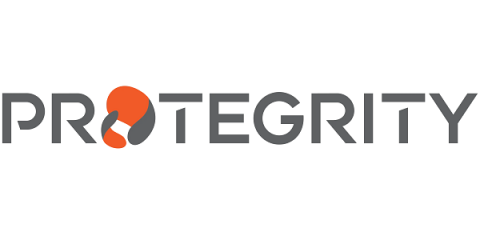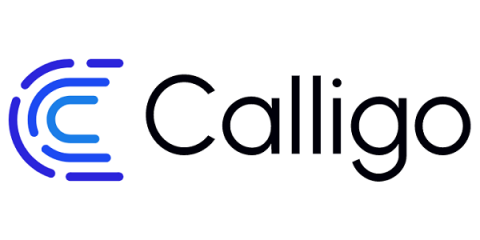Security | Threat Detection | Cyberattacks | DevSecOps | Compliance
Latest News
A Guide to ISO 22301: Business Continuity Management Systems
How to perform effective user access reviews
In this series, you’ll hear directly from Vanta’s own Security, Enterprise Engineering, and Privacy, Risk, & Compliance Teams to learn about the teams’ approaches to keeping the Vanta organization secure. We’ll also share some guidance for teams of all sizes — whether you’re just getting started or looking to uplevel your operations.
Collaboration: The Key Ingredient to Successful Security Compliance
In the fast-paced world of software development, the clash between developers and security experts could greatly benefit from some much-needed balance. On one side, developers strive for success based on metrics like delivery time, deployment frequency, and number of features. On the other side, security professionals are measured on vulnerability and compliance metrics.
Cybersecurity Compliance in the Education Industry: How to Protect Students' Personal Data
The education industry is facing a growing threat from malicious cyberattackers, both external and internal. According to the Cyber Attack Trends report by Check Point Research, the education and research industry suffered from 44% more cyberattacks in the first half of 2022 compared to the same period in 2021. Therefore, cybersecurity in the academic industry is of paramount importance now.
Data compliance in public sector: Making data secure and accessible isn't mutually exclusive
OMB M-21-31: Your Complete Guide
The Consequences of Non-Compliance in Cybersecurity: Risks and Penalties
Non-compliance in cybersecurity marks a grave oversight. It involves neglecting established security protocols, leaving organizations vulnerable to malicious actors. Read on as we examine the potential risks of non-compliance, including heightened susceptibility to cyberattacks, the specter of data breaches, and the erosion of a company's hard-earned reputation.
Navigating the AI Maze: Demystifying Artificial Intelligence and Its Misconceptions
In the world of technology, few concepts have captured our collective imagination like Artificial Intelligence (AI). It’s the promise of machines that can think, learn, and perform tasks with a level of sophistication that mimics human intelligence. Yet, the allure of AI has also given rise to a web of confusion, myths, and misunderstandings.











